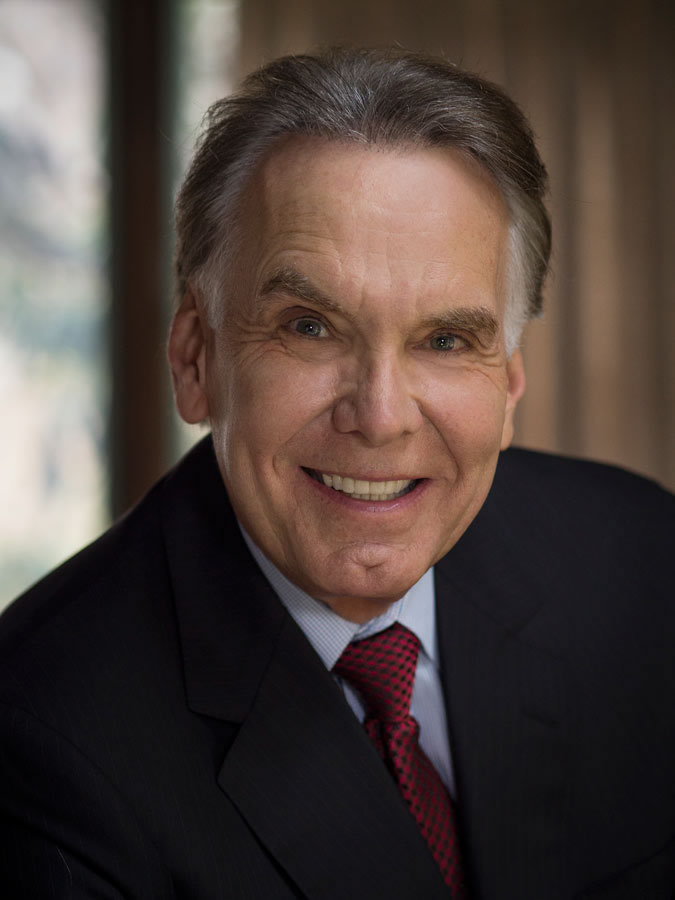Be Flexible
“The Magic of Quantum Leap Thinking™” Part 9: Be Flexible
The measure of intelligence is the ability to change.
― Albert Einstein
Clasp your hands together as demonstrated in the diagram below.

Now, take your hands apart and clasp them back together, moving your fingers over one digit. What words would you use to describe the difference between the two? Strange, weird, unbalanced, different, uncomfortable, odd, silly, awkward? Wrong?
All these words describe how we unconsciously respond to change. Yet with a slight shift of perspective, that change in your hand clasp might be considered new, interesting, curious, or even pleasant.
Now, make a fist with either one of your hands and press your fist against the palm of your opposite hand. Press harder. Did you resist by pressing back against your fist with the palm of your other hand? Chances are, you did. Resistance is a natural part of the human spirit.
Please watch the short video clip below: Imagine That: Managing Change (2 minutes)
There is constant unrelenting change in nearly every area of our lives, and much of the time we unconsciously resist. It might include new products, new services, innovative marketing, and new selling techniques. At work, we watch with dismay as barriers between departments crumble and partnerships form between competitors. In our schools, slow learners and kids with disabilities are integrated into regular classrooms. Administrators, teachers, parents, and the community are coping with AI, the ‘woke’ culture and schools- without-walls. The American family has been remolded. Single-parent families, outnumber dual-parent homes, and same-sex partners are raising children. Children from divorced parents grow up in every-other-weekend parenting.
Change can be unsettling and scary. Even if it’s change for the better, most of us still resist. We like the status quo. There is a strange comfort in thinking we can anticipate our future, even if the future is dark. We may stay in an unrewarding job because the thought of changing jobs makes us feel insecure. We may resist regular exercise because we don’t know how people will react to us if our bodies change. Battered wives have admitted that an abusive marriage is easier than the prospect of divorce.

Flexibility is more than a willingness to change to suit conditions, more than reacting to crisis or evolutionary change. Flexibility is creativity.
But how would you feel if you knew with absolute certainty that every day would be exactly like the day before? You would probably do everything in your power to shake things up. We resist yet crave change, a paradox that creates unconscious, involuntary behavior that is often counterproductive and often destructive. But this much is sure: there is nothing so constant as change.
Three Reasons We Resist Change and Limit Our Flexibility
Have you ever cried at a sad movie? That’s because the subconscious cannot tell the difference between a real or an imagined experience. Natural resistance to change is similar in that our defenses cannot distinguish between change for the better or change for the worse. We resist all change – for three big reasons:
1. The threat of loss.
All change involves giving up something. We feel victimized, vulnerable, helpless and powerless, which makes us hurt and angry, sometimes even physically ill. Unless we learn to develop flexibility, we can only see loss, and loss is painful
2. Homeostasis.
It’s tough enough to have the threat of loss challenge us, but we also have a personal built–in mechanism-like the thermostat in a home-that we must learn to deal with. Our body temperature and blood sugar levels are two examples of this safety valve, but our thermostat goes beyond our bodies. We buffer ourselves against the shock of change by acting in familiar ways with familiar habits and old, outdated behavior from the past. It’s involuntary. Like the home thermostat, we are pre–programmed.
The condition of equilibrium is called homeostasis, a universal stamp of all self-regulatory systems from the bacterium to the salamander, from the human being to the family, from an organization to a culture.
Homeostasis applies to everything. A golfer says to himself after a particularly terrific round of golf, “I can’t believe how well I play today. It wasn’t like me at all.” The next day, he plays one of the worst games of his life. He balanced himself out. Homeostasis was maintained; his personal thermostat was working.
3. The Identification Paradigm
People who want to break long-time habits like over-eating or smoking, have more to combat than homeostasis. They may drop a few pounds or go a few weeks without smoking, but in time, most people drift back to their old habits.
It can be discouraging and frustrating but understand that they probably encountered resistance from their families, friends, and coworkers when they changed their everyday habits. We tend to be identified with our way of life. We may have inherited it or built it ourselves, but we tend to devote our creative energies to maintaining it.
Existing, familiar structures create an artificial comfort zone of convictions, routine, habits, and rituals. If any of these infra-structures are challenged, the structure of the unit is challenged, and there’s an unconscious, protective instinct which resists the change, no matter how beneficial.
Identification can help keep intact the nurturing aspects of family, religion and even business but-for the most part-identification limits innovation, exploration, and curiosity. A company exclusively identified with a specific type of product may not anticipate the need for a new product; a man who identifies only with a certain aspect of his career may not see the possibilities of advancement.
Add to this tendency of the internal thermostat and you have a tough combination to beat.
Flexibility is more than a willingness to change to suit conditions, more than reacting to crisis or evolutionary change. Flexibility is creativity. If we are ever willing to create change for the better, we must be willing to set aside our ego and judgement. We need to notice, extract, and make use of the opportunities at hand. Flexibility requires paying attention, so that we can select from what has existed in the past or exists in the present to form something new.
I would like to leave you with a few questions and short assignments:
Think of a time when you were told you were being rigid or a situation in which you considered yourself inflexible.
What were the negative, if any, results of your inflexibility?
If you set aside your need to be right, the comfort of the way things has always been, and the ease of the familiar, how could you mold or restructure that change to suit you and, is it worth the effort?
That’s’ what it’s all about
There may not be much you can do about what’s changing in your personal life, your school, your organization, or in your community, but there is a lot you can do about how you react to it.
IMAGINE THAT!
James Mapes is a keynote speaker, best-selling author, coach and hypnotist. His most recent book IMAGINE THAT! Igniting Your Brain for Creativity and Peak Performance is the first web-supported book with access to 21 video-coaching clips.

James Mapes is the founder of Quantum Leap Thinking™, creator of The Transformational Coach™, expert on the psychology of “applied imagination,” best-selling author, highly acclaimed business speaker, consultant, seminar leader and personal excellence coach.
